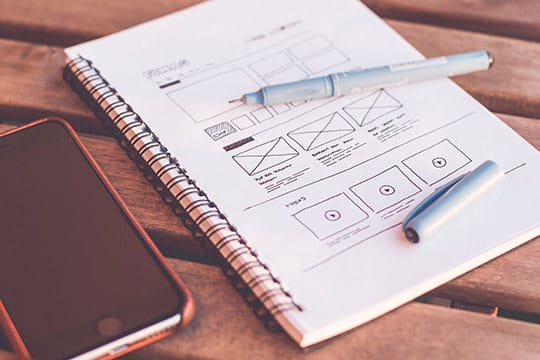Building a website isn’t easy. There are so many components that you need to take into consideration before building to ensure you get it right the first time. If you’re looking to build a website but you’re not sure where to begin, here are some of the things to know before you build your site. Let’s take a look.
1. Establish the Goal of Your Website

Before building, you need to know the overall goal of your website. Why? Because you don’t want to build a website suited for blogs when you want to sell e-commerce products. When establishing a goal for your website, some things to consider include:
- Work out the main purpose of your website. Is it for selling products, providing information, blogging, etc.?
- Establish your marketing goals and how you’d like to market it.
- Establish who your target market will be long term.
- Work out how much you’re looking to spend on your website.
Recommended for you: Know the 6 Crucial Tips to Get a Responsive Website Design.
2. Responsive Design

The next thing to consider before building your website is making sure it has a responsive design. Responsive design is when your website will adjust to any screen size. While browsing on your phone, you may have encountered a website that doesn’t shrink to the screen size. Such website’s design isn’t responsive. Why is it so important to have a responsive design?
- To make sure any visitors, regardless of the device they use, can view your website.
- To make your site user-friendly for anyone viewing.
- And, to reduce the additional costs of creating a responsive because the first created website was nonresponsive.
3. Navigation

Before your build, you need to know how you’d like the navigation on your site to be. While it may seem like a small thing, the navigation on your website is highly important because it’s how people find the products on your website. Some tips to consider with navigation include the following:
- Make sure your navigation points are easy to find. Either have them at the top middle of the screen when you open your website pages or have an easy-to-find drop-down menu.
- Make sure your navigation points are named well. They should clearly state what each navigation category means, and they should be in a font that’s easy to read.
- Make your navigation points as deep as 3 tiers if possible – main category, subcategory, and product page. Having minimal tiers means less frustration for your visitors who are trying to find something on your website.
4. Design and Layout

The design and layout of your website are also important when building your site as these can really influence how people see your site. Some tips when working out your design and layout include the following:
- Make sure the design of your website matches that of your logo and brand. It should have the same coloring.
- Minimize the colors you use on your website to two to three colors max. If you overload your site with colors, people can get overwhelmed and may leave your site prematurely.
- Create a layout that is easy to view and that offers breathing space between content. If you clutter your website with images, text, and other graphics, your site will feel too heavy and overwhelming.
- Balance white space around the text. What this means is use paragraphs, subheadings, and bullet points to help break up large blocks of text and promote good white space around it.
- Choose a font that’s easy to read. It should also be a font that mimic’s your brand and the voice you want to portray.
You may also like: Website Color Schemes – A Powerful Marketing Strategy!
Website Building: Overall

When it comes to building your website, it’s important to consider a few things first. By taking the time to understand the important elements of your website, you have a high chance of designing a website that is ideal for your long-term needs and is successful. So, are you ready to build your website?





